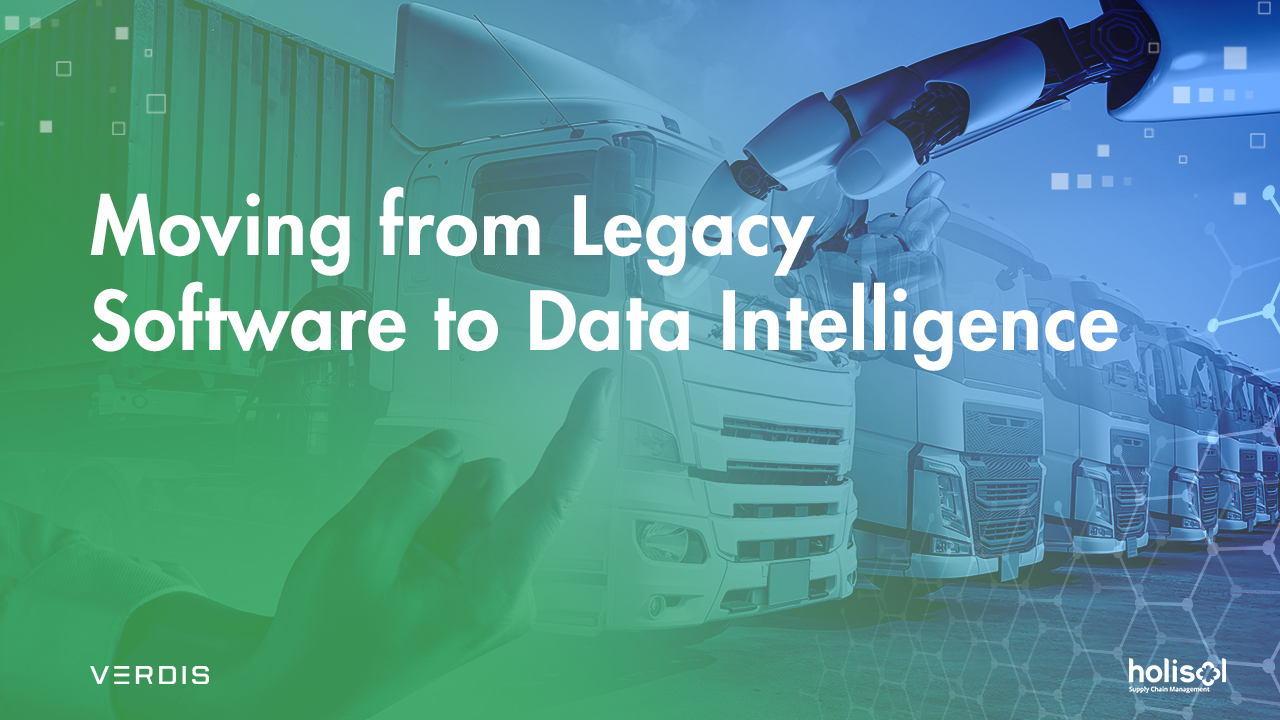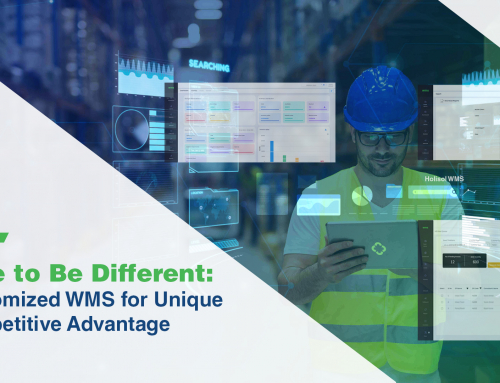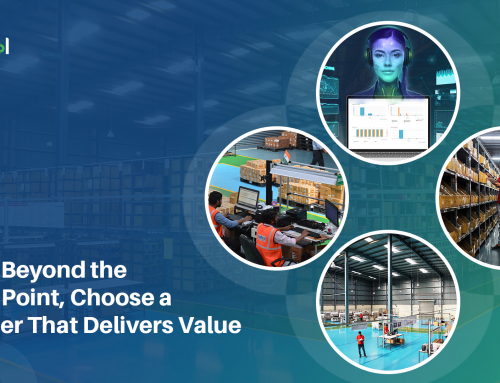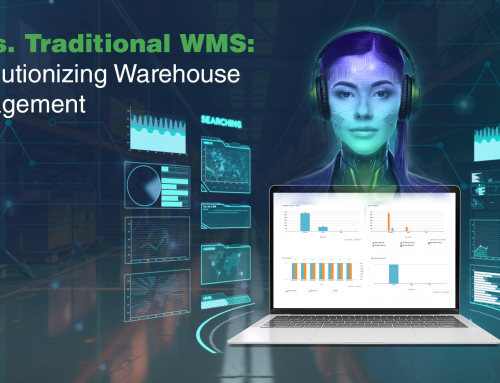Moving from Legacy Software to Data Intelligence
Business success today requires intelligent technologies to ensure process efficiency, recognize trends, mitigate risks, and automate repetitive tasks. Implementing smart technologies has, therefore, become an important growth strategy. Before investing in sophisticated and (often) cloud-based data-intelligence solutions, organizations must determine whether their business ecosystems can support such capabilities.
For the past several years, legacy infrastructure (comprising of outdated hardware, operating systems, ERPs, CRMs, etc.) has become incompatible with modern information technology applications. It is, therefore, unable to meet the information needs of businesses or support business innovation. Other issues also emerge, such as high expenditure due to lower productivity and operating costs, greater susceptibility to security threats, poor employee experience, lack of speed, etc.
A significant challenge arises when the legacy IT infrastructure prohibits integration with advanced data intelligence services or limits the utilization of the full potential of data. This can occur due to-
- The nature of the IT infrastructure. Owing to the limitations of legacy ERP, large organizations rely on an extensive IT infrastructure, from ERPs to specialized software, to manage their diverse processes – customer relationship management, demand planning, pricing management, production planning, etc. Such systems may abound across departments and geographies. Consequently, several complications emerge:
-
- Lack of standardization– Different ERP or CRM systems may have different standards of data entry and management. For instance, products with colour or size variations may be defined as a single SKU or different SKUs, or the same product may be listed in different ways in different systems – SKU123, SKU 123, Sku123, SKU-123, etc. Similarly, process-specific differentiation may occur such as packaging requirements varying for different geographies. This makes data consistency and accuracy hard to maintain and a singular view and control difficult to establish.
-
- Lack of access to high-quality data – An ERP sprawl, especially one that is disjoint or lacks a centralized data management protocol, often suffers from inaccurate, inconsistent data scenarios. A misleading information scenario may occur when a data update in one system does not reflect across all systems. Such inconsistencies pose data accuracy challenges.
- Hassle of integration. Managing the incompatibility with APIs, new applications, and modern cloud-based or SaaS solutions can be cumbersome requiring extensive and expensive code customization.
- Lack of visibility and collaboration. Legacy software lacks the technical flexibility to update or sync or support diverse business processes. Consequently, key stakeholders in different geographies cannot communicate data or collaborate. Further, without a single view of existing capacities and constraints, businesses lack the responsiveness to sudden demand or supply changes, even with advanced capabilities.
Such issues of legacy systems establish them as bottlenecks of performance. Yet, for reasons varying from a resistance to change and misplaced loyalty to training and investment hurdles, many businesses continue operating their legacy systems, often with massive customizations and adaptations.
Moving Towards Advanced Data Intelligence
In recent years, the increased utilization of AI, IoT, and data analytics capabilities in the supply chain has served to deliver top-line business growth and productivity. As per a Forbes Insights survey, 44% of the respondents from the automotive and manufacturing sectors stated the high importance of AI to the manufacturing function, with 49% considering it to be critical to success.
Given the many drawbacks of legacy systems and the massive potential of advanced data intelligence services, it is wise that businesses rethink their organizational priorities. Effort must be taken towards modifying the IT infrastructure towards a more AI-centered approach.
To align businesses towards AI, organizations must take a combination of initiatives from eliminating redundant software, hardware, and other legacy systems to adapting and updating their IT systems and integrating with specialized AI/ML solutions. This includes-
- Supporting on-demand access to accurate and relevant data from anywhere or any source for enterprise-wide visibility.
- Updating and cleansing data variations and redundancies, ensuring data quality, and upholding master data management to create a single version of truth.
- Ensuring data sharing and collaboration across supply chain functions and geographies.
- Establishing planning as a mission-critical activity and leveraging integration and optimization capabilities. To this end, SaaS products, such as Verdis, can offer enterprise planning solutions that integrate seamlessly with existing ERP solutions, support data management, and deliver planning optimization for complex scenarios.
Conclusion
Increasingly, the transformative potential of data and analytics is being realized and more and more businesses are alighting on the bandwagon of AI/ML as a means to furthering business growth. Although legacy systems have been the modus operandi till now, it is time that businesses take a hard look at whether these are limiting business performance and growth. Maybe their status from legacy to relic is long overdue.









